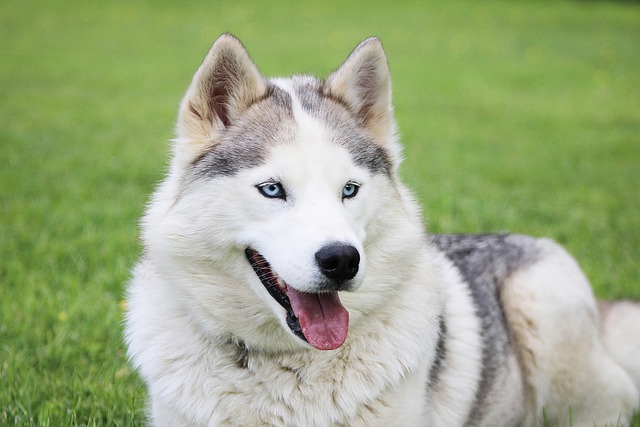
How do i train my dog to be obedient?
Watching your dog dart across the park ignoring your calls isn’t just frustrating—it can put them at risk near busy streets or public spaces.
Walking through a park on a crisp morning, you might spot a Husky trotting alongside its owner, ears perked and tail waving—and wonder if you could handle training one yourself. Many new dog owners hear stories about Huskies being “stubborn” and worry they’re too hard to train. The truth is, Huskies aren’t untrainable, but they do have unique traits that require a different approach than, say, a Golden Retriever. Their history as sled dogs means they’re independent thinkers, built to make quick decisions in harsh conditions—great for pulling sleds, but it can make them less likely to follow commands blindly.
To train a Husky effectively, you need to work with their instincts, not against them. Positive reinforcement is non-negotiable here—think treats, excited praise, or a quick play session with their favorite toy when they follow a command. Punishment, like yelling or physical correction, doesn’t just go against most local animal welfare guidelines; it also breaks a Husky’s trust.

Apartment dwellers need to plan extra carefully before bringing a Husky home. These dogs have tons of energy—without daily exercise, they might chew furniture or bark excessively, which can strain relationships with neighbors. Even if you have a yard, Huskies are known for digging, so adding a layer of chicken wire under the soil can save you from replacing your lawn later. Remember, a tired Husky is a trainable Husky—if they’re pent-up, they’ll be too distracted to focus on learning new commands.
You also can’t ignore local rules when training your Husky. In most U.S. cities, dogs need up-to-date vaccines to be in public, and you’re required to clean up after them—carrying poop bags isn’t just polite, it’s the law. When training in parks, keep your Husky on a leash until they’ve mastered recall—off-leash accidents not only risk fines but also keep other park-goers on edge. Many communities also have “quiet hours,” so avoid practicing loud commands early in the morning or late at night to keep the peace.
Training a Husky takes patience, but it’s incredibly rewarding. Once you understand their need for independence and exercise, you’ll find they’re eager to learn—they just want to see the point in following your lead. Whether you’re teaching them to walk nicely on a leash or do a silly trick for guests, focusing on positivity, consistency, and respecting their instincts will turn those “difficult” moments into bonding time. With the right approach, your Husky won’t just be a well-trained dog—they’ll be a loyal, playful companion for years to come.

Watching your dog dart across the park ignoring your calls isn’t just frustrating—it can put them at risk near busy streets or public spaces.

New puppy owners often find themselves rushing to clean up accidents before they set in, and that’s where puppy pad training becomes a game-changer.

If you've noticed your dog's waistline disappearing and your veterinarian has mentioned those few extra pounds, your first instinct might be to simply reduce the amount of food in their bowl.

Training a dog to use a designated spot indoors isn’t as daunting as many new owners fear, but it does take consistency and an understanding of your pet’s needs.

That moment of dread on a walk is all too familiar for many new dog owners. You see another dog approaching down the sidewalk of your neighborhood

If the sight of another dog on your neighborhood walk makes your heart sink as your own dog erupts into a frenzy of barking and lunging, you're not alone.